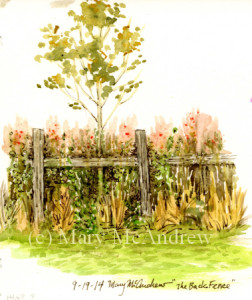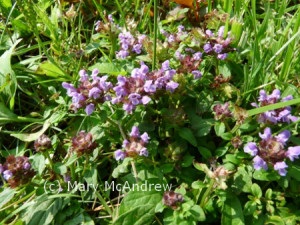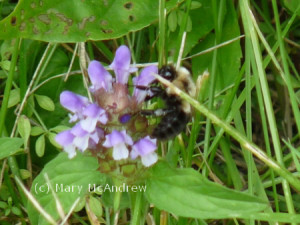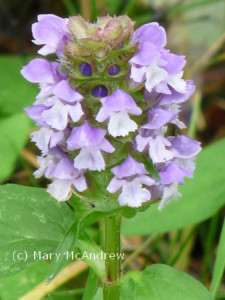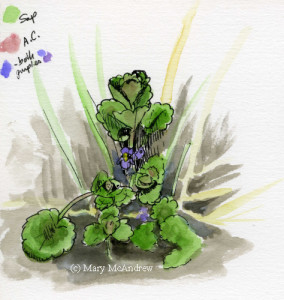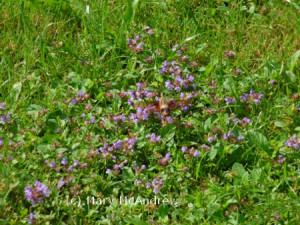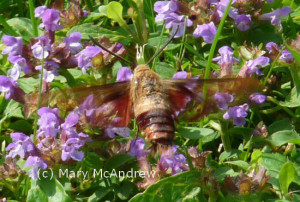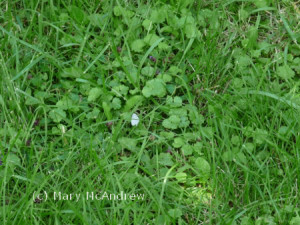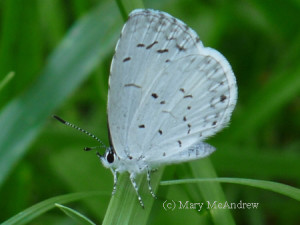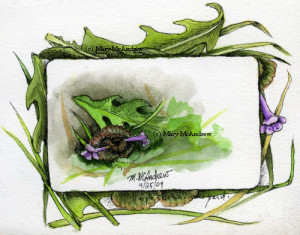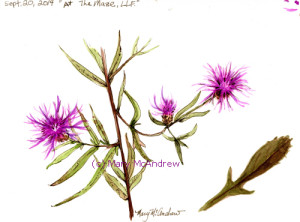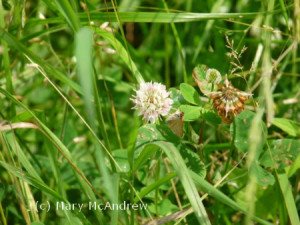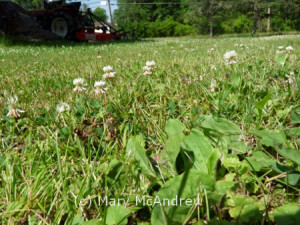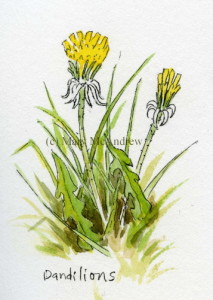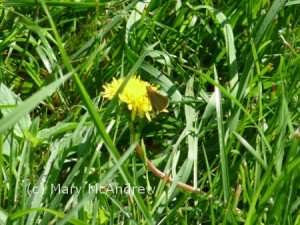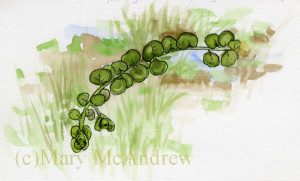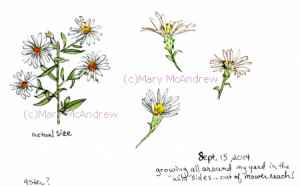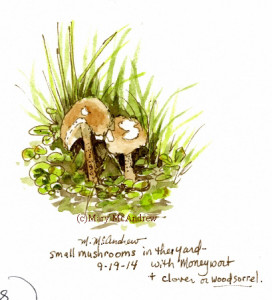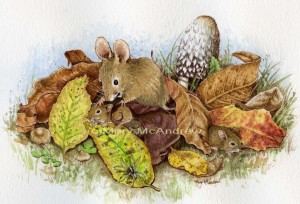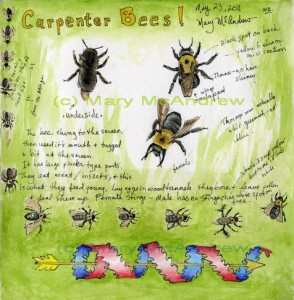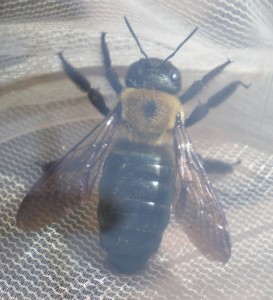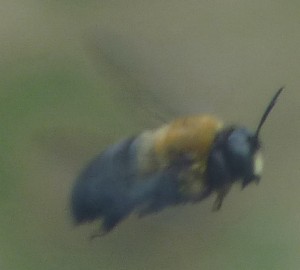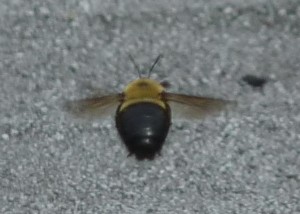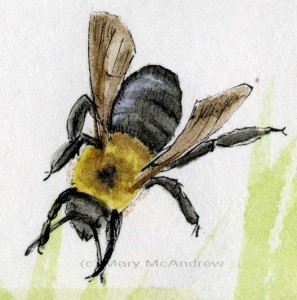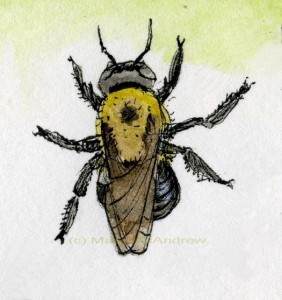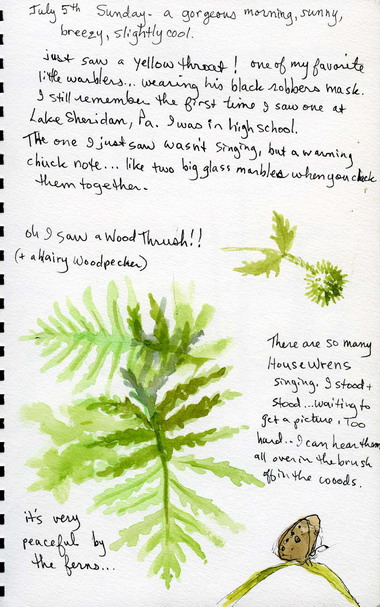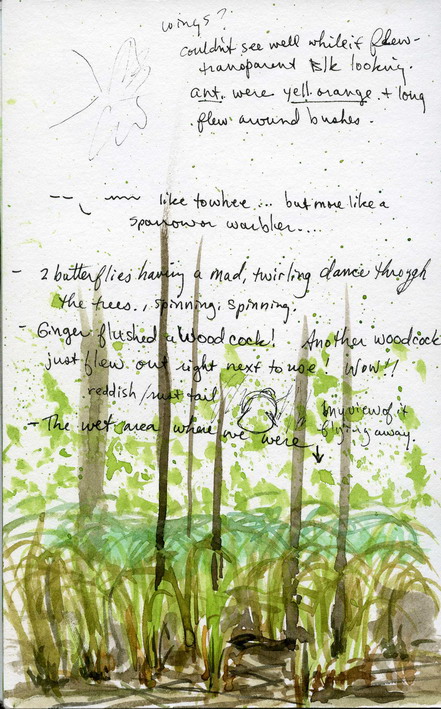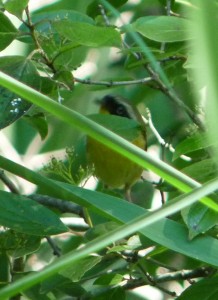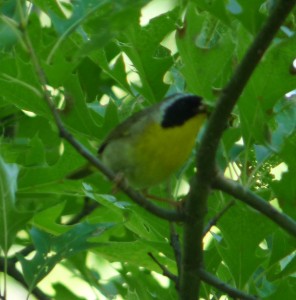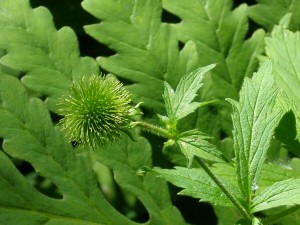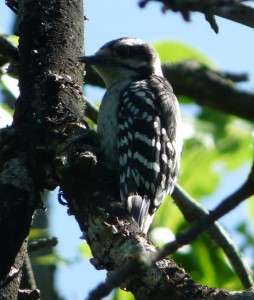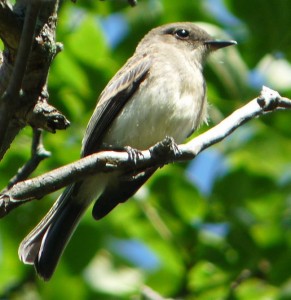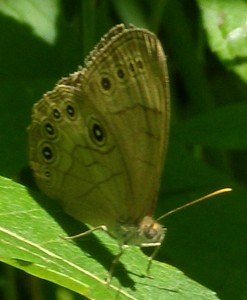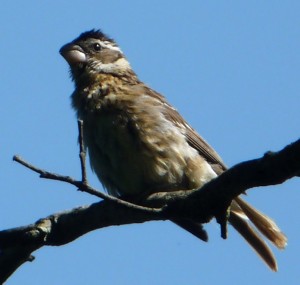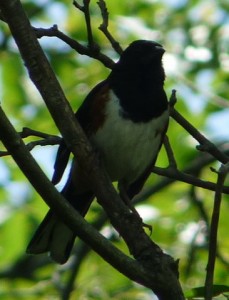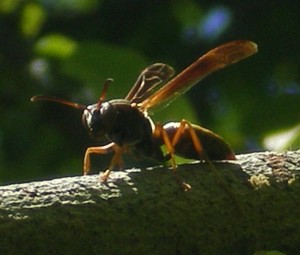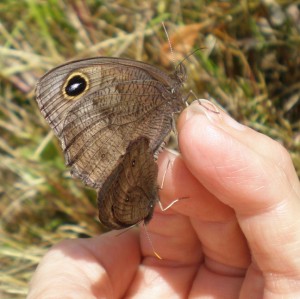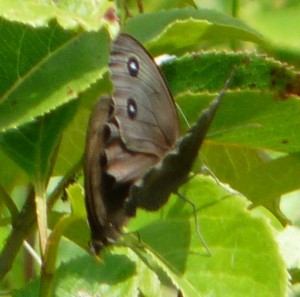Hello there! Yes I know it’s now October November, but I’m super busy getting ready for my big move to England so I haven’t had much time for posting! During the summer I did get my sketchbook out and go adventuring into my wild fields but most of what I observed just so happened to be right in my backyard. I have a really big yard and lots of wild stuff just dying to burst through the fence all around! I love it!
(Please click on pictures to view larger)
I took a break and sat in a lawn chair on a very nice day to do this little watercolor sketch. It’s only a couple inches in diameter but I got to play a bit with the watercolors and that was so relaxing.
I like studying the little plants and flowers that grow in my grass, above is an old sketch I did when I started to notice them.
I’ve been noticing this tiny purple wild flowering plant (below) for years, but just realized that there are two plants! So now I need help identifying them.
The three photos above are all the same kind of plant. Notice the leaves are oval/lance shaped and smooth margins? Also the flowers always grow from one spiked cluster at the top of the plant. What gets confusing is where the plant is found in my trimmed lawn, sometimes the spike is cut off and looks very different when flowering. Each individual bloom is really quite beautiful (if you get down on your hands and knees and take a ‘mouse eye view’!)
Below are photos of the second purple wildflower.
I ‘think’ this might be called “Gill Over the Ground”?? I did this study years ago. I love how the tiny leaves look like round geranium leaves and have wavy margins. When the new leaves are forming they make the nicest little clusters that are really fun to draw! I really need to do more studies of this one.
This photo doesn’t show many flowers, but they grow more than this example. Their flowers can grow from sections along the stem and not so much from a spike like the other flowers.
I know it’s a bit hard to see, but there’s a Hawkmoth hovering over the tiny flowers! Below I cropped the photo so you could see it better.
See how important all these little flowers are in your grass?
Above is a photo of that same plant in my grass…and what is that tiny little blue flutter I saw?
Yes, for tiny flowers you have tiny butterflies, tiny bugs and bees. This butterfly was a dainty flitting little thing, until I identified it I was calling it a “Fairy Blue Butterfly”! I kind of like my name better! So it looks pale blue now, but when it opens it’s wings (extremely hard to catch a photo) it’s very blue. So when it flies you see the white and blue of under and upper wings combine to make a light blue! Just like one of those flat paper toys you spin on a string and it makes a new picture or color.
Above is a study I did in my field sketchbook years ago using the tiny plants in my yard. I really like it and will do more studies like this in the future! Do you see the little purple wildflower #2 in this?
I ventured out on my land here at Long Lane Farm, towards the end of summer. Out in what we call “The Maze” there’s this beautiful wildflower growing; I think it’s Knapweed. I tried very hard to find photos like it online and since all my wildflower books are packed away I didn’t really figure it out definitively.
Yes, this is the same type of plant, just different lighting when I painted it. I worked in full sunlight and tried to paint the colors I saw. I tried to take more note of the leaves so someday I can get help with identifying it. Though I love it I have a feeling it might be one of those dreaded invasive weeds?
Above is white clover with a Skipper butterfly on it. All summer I enjoyed the multitude of clovers and Moneywort growing in my grass…weed killer?? God help us, NEVER! I have all kinds of beautiful tiny plants and flowers in my lawn…their leaves are green, they add to the ‘greeness’ of my lawn and also beautiful tiny flowers.
And when that clover is blooming I’ve never smelled anything sweeter! You just have to stop and breath in, and realize that subtle sweet smell is the clover talking to you. It’s saying, “Don’t spray me with weed killer!” Seriously though, when I look across the yard and it’s blooming, it’s so beautiful, especially with the sunny yellow Dandelions.
Below you see the Skipper on a bending Dandelion head, can you remember the smell of that pretty little flower? And how soft it is when it tickles your nose?
The Moneywort loves it here because it’s damp and when that blooms it’s stems are absolutely covered with bright yellow flowers. It actually gives the grass a yellow hue when you look at it with a ‘painters eye’. I remember when I did this study all the plants were under freezing cold spring melt-water.
The bees are allover, gathering nectar from the wild flowers and pollinating to their hearts content…do bees have hearts? I’m sure they do! Above is a study I quite like of White Asters. They grow in tiny but profuse branched clusters that form little bushes of white dainty flowers. As the flower grows ‘old’ the center turns from a bright yellow to a dark orange-ish to red-ish looking color. I really love these little dainties and even wrote a story about one little aster, someday to share.
One of my favorite things is to discover little mushroom clusters in the grass. I’m terrible at identifying mushrooms and someday I think I’ll concentrate on learning a bit more, but for now I’m content to just sketch and be inspired. When I see mushrooms in the grass and get right down at eye level (or mouse level as I call it!) I think about how they look like little houses for wee folk or critters.
So we’ll end it here, Fall is almost over now and there are NO flowers in my yard! I have collected lots of photos to use for reference when I do my illustrations in the future. Oh that reminds me! I have one more picture that you’ve seen before but would be fitting here.
It’s great to use the real plants I see in my own backyard when I do my illustrations. I hope to show you more in the future!
Do you have tiny wildflowers growing in your grass? I love reading comments, please add yours below!
